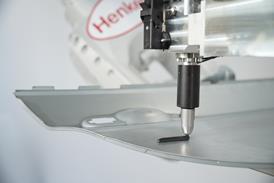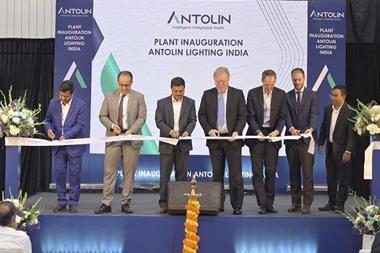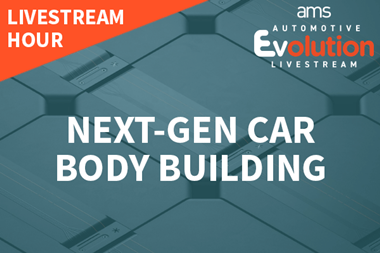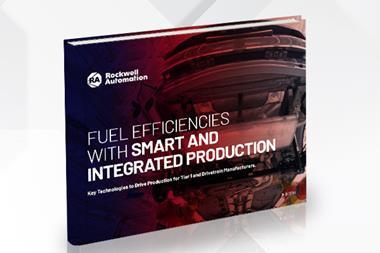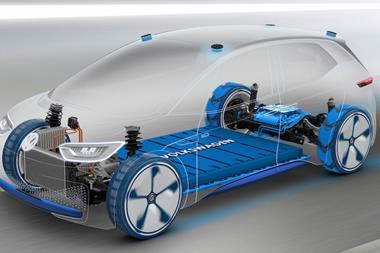
ABB robots help HIB Trim Part Solutions produce a wide variety of vehicle interior parts from instrumental panels and centre consoles to door trim
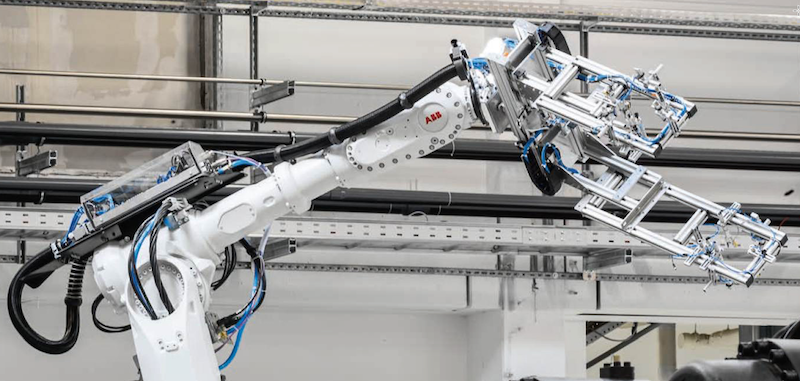 HIB Trim Part Solutions, a member of the NBHX Trim Group, is a technology partner for the premium sector of the automotive industry. The company develops and produces components for the interiors of top-quality, middle and upper-class cars.
HIB Trim Part Solutions, a member of the NBHX Trim Group, is a technology partner for the premium sector of the automotive industry. The company develops and produces components for the interiors of top-quality, middle and upper-class cars.
At the end of 2015 a new order from a German manufacturer made investments in several injection-moulding systems for decorative parts a necessity at HIB’s Bruchsal plant. HIB contracted SAR Elektronic, a system supplier for industrial and process automation, giving them the task of planning and building the systems.
SAR, which has 30 years of experience with ABB products, specialises in complex, robot-supported automation systems for the plastic systems sector. “HIB has been using ABB robots for a long time and is very happy with them,” says Heiko Schramm, senior project leader at SAR. A strong feature of ABB’s robot model ranges is their scalability: "The robots are therefore the ideal solution for injection-moulding automation. Their safe-working load profile works with all injection-moulding machines.”
In five injection-moulding machines with clamping forces of 80 to 1000 tons, the ABB industrial robots have taken over loading and unloading roles. The following ABB robot models have been implemented: the IRB 2600 (20 kg handling capacity; 1.65 m range), IRB 4600 (40 kg; 2.55 m) and IRB 6700 (155 kg; 2.85 m range). Aside from loading and unloading plastic parts, they have taken on specific post-processing tasks, such as transferring a component which needs to be deburred for thermal component post-processing. “The robots are very compact and reliable. In addition, they offer the advantage of a consistent product range with standardised robot control,” says Schramm.
By studying a system that uses an IRB 2600 you can see how an ABB robot is used: an accumulating roller-chain conveyor inserts pallets into the robot cell. The robot takes pallet and passes it through an RFID scanning head. Here, the pallet is checked to ensure that it is rotated correctly and fits the current injection-mould tool. If this is the case, the IRB 2600 positions the pallet on the lifting and centring station on the ejection conveyor belt. If it has been incorrectly set, or it does not fit the injection-mould tool, the pallet is moved to the lift station and ejected.

Then the robot with a multicavity gripper from SAR takes up to four components from the injection-moulding machine and stacks them securely and correctly aligned in the pallet. Using the same gripper, the IRB 2600 also handles the entire pallet. As soon as the pallet is filled, it is ejected from the cell.
Thanks to the complex gripper, the robot is able to perform activities with quite differing requirements: on the one hand, it needs to quickly and accurately handle the individual components; on the other, it should be able to carry heavy pallets.
The robot-supported systems at the HIB plant in Bruchsal display high-process security and reliability, and are easy to operate. “Using offline programming with RobotStudio®, they are additionally easy to plan,” Schramm stresses. In the development process, SAR worked in concert with HIB, using RobotStudio to design the system and control the processes.
• High-process security and reliability• Easy to operate, keeping workers safe• Consistent product range with standardised robot control






























